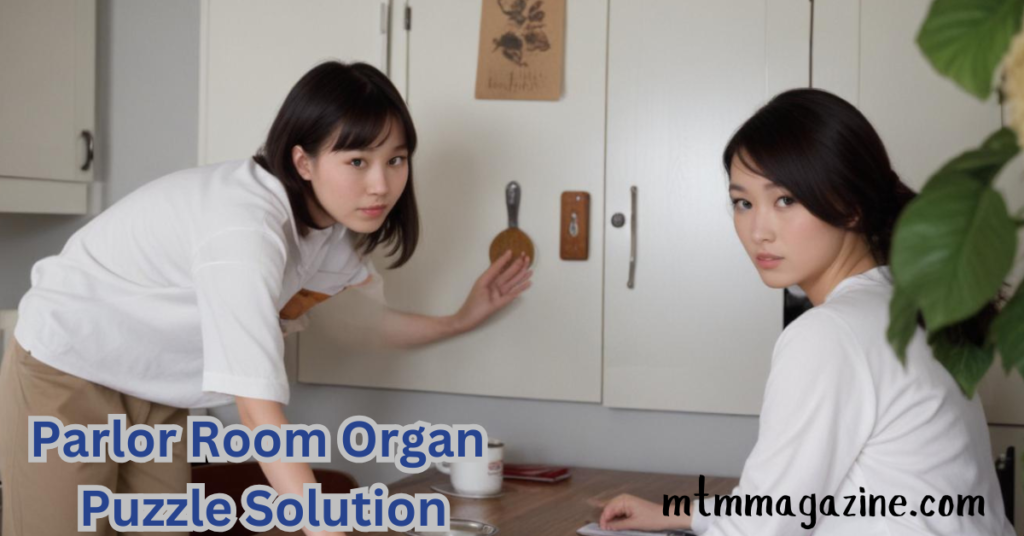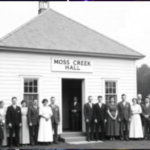Puzzles are a great way to challenge our minds, and the parlor room organ puzzle is one of those classic mysteries that keeps players engaged and thinking. Whether you’re tackling it in a video game, an escape room, or a classic parlor setting, finding the solution can be tricky. Here, we break down the parlor room organ puzzle solution step-by-step to help you solve it quickly and easily. Let’s dive into understanding this unique puzzle, exploring effective strategies, and mastering the solution.
What Is the Parlor Room Organ Puzzle?
The parlor room organ puzzle usually revolves around a mysterious organ instrument found in a “parlor room” setting, often featured in games, escape rooms, or mystery-themed challenges. The puzzle’s objective varies depending on the setting, but it typically requires players to play the correct sequence of notes on the organ or manipulate certain keys or levers to unlock a hidden compartment or achieve the next goal.
Why Is the Parlor Room Organ Puzzle Challenging?
The main challenge of the parlor room organ puzzle lies in its intricacies. Puzzles like these are often crafted to test players’ problem-solving skills, musical memory, and attention to detail. The puzzle may require players to:
- Identify a specific tune or sequence of notes.
- Decipher clues scattered around the room or in accompanying texts.
- Pay attention to visual or audio cues that guide the solution.
Unlike simpler puzzles, the organ puzzle combines logic, musical intuition, and observational skills, making it particularly engaging.
Preparing to Solve the Parlor Room Organ Puzzle
Before attempting to solve the puzzle, here are some preliminary steps that can make the process smoother:
- Inspect the Organ and Surroundings: Often, the clues needed for the solution are hidden on or around the organ. Examine every detail, including any inscriptions, musical notes, or unusual symbols.
- Listen Carefully to Any Audio Cues: If the puzzle is set in a game or an escape room, you may notice audio cues that hint at the solution. Listen to the tones or jingles produced by the organ and note any repeated patterns.
- Take Note of Clues in the Room: Many parlor puzzles are embedded within larger mystery settings. Look for any paintings, books, or objects in the room that might contain hints related to music or notes.
- Understand Basic Musical Notes: If you’re unfamiliar with musical notes, it’s helpful to learn the basics, as many organ puzzles involve playing specific notes in a particular order.
Step-by-Step Solution to the Parlor Room Organ Puzzle
Now, let’s go through a general approach to solving the parlor room organ puzzle.
1. Gather Information from Clues
Most parlor room organ puzzles provide clues within the room. These might be written on walls, inscribed on objects, or hinted at in nearby items. Look for anything that resembles sheet music, numbers, or letters that could represent musical notes (like C, D, E, etc.). Write down any clues you find, as these will likely be key to unlocking the puzzle.
2. Translate Clues into Musical Notes
Once you have clues, try to translate them into musical notes. For example:
- A clue like “12345” might correspond to the notes C, D, E, F, G, depending on the organ keys.
- An inscription like “CAGED” may refer to the C-A-G-E-D notes, which are commonly used in many puzzles.
Focus on finding patterns, and if you come across symbols or numbers you can’t decipher, try checking the organ keys to see if they match the clues in some way.
3. Test the Sequence on the Organ
After identifying possible notes or sequences, it’s time to test your theories. Begin with the notes you gathered from the clues and play them in the order you think fits best. For example, if you’ve deduced the notes are C, G, E, and A, press those keys on the organ in that exact order. Listen for a unique sound, click, or movement that indicates success.
4. Make Adjustments as Needed
If the organ doesn’t react or make a satisfying sound, review your clues and make minor adjustments. Sometimes, the sequence might be off by one note, or perhaps you need to repeat a note twice. Keep experimenting patiently, and don’t forget to check if any new clues have appeared.
5. Look for Confirmation Cues
After pressing the correct sequence, many parlor room organ puzzles provide a confirmation cue—such as a click, an opening compartment, or a sound indicating success. Pay close attention, as these cues let you know when you’ve solved the puzzle.
Common Challenges and How to Overcome Them
Even with clear instructions, solving the parlor room organ puzzle can be tough. Here are a few tips to help if you get stuck:
- Recheck the Clues: Sometimes, players overlook minor details in the clues, like repeated notes or symbols. Go back and double-check.
- Try Different Combinations: If the puzzle doesn’t respond, test different sequences. Puzzle designers often use multiple possible solutions, so be creative with the notes you play.
- Collaborate if Possible: In escape rooms or multiplayer games, two heads are better than one. Having someone else look at the clues can provide fresh insight.
Conclusion
The parlor room organ puzzle is a delightful challenge that combines elements of music, mystery, and mental agility. By thoroughly examining the room for clues, translating them into musical notes, and carefully testing your sequences, you’ll have a strong approach to solving this puzzle quickly and easily. Remember, patience and persistence are key, and every clue you uncover brings you closer to unlocking the puzzle’s solution. Enjoy the process, and have fun with the mystery!



